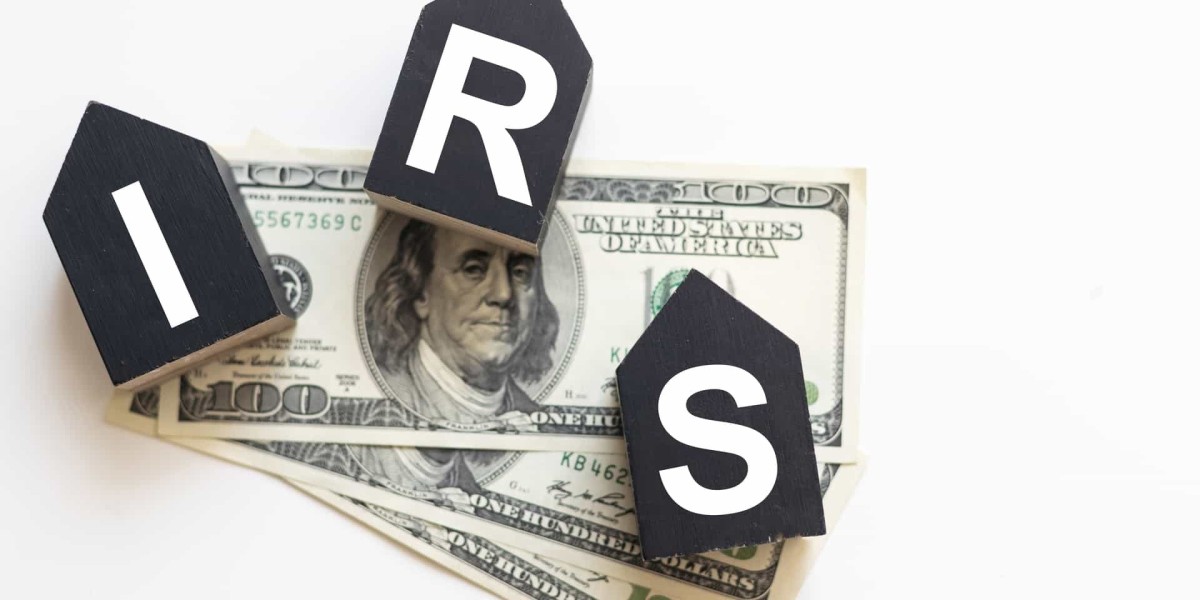What Is the IRS Debt Forgiveness Program?
The IRS Debt Forgiveness Program, also known as the Fresh Start Initiative, is designed to support taxpayers who are overwhelmed by tax debt. The program offers a variety of relief options to help reduce or eliminate tax liabilities, including payment plans, offers in compromise, and penalty reductions.
Essentially, the program allows taxpayers to manage their tax debt without the burden of high interest rates and penalties.
Who Is Eligible for the IRS Debt Forgiveness Program in 2025?
Eligibility for the IRS Debt Forgiveness Program depends on several factors:
- Amount of Debt: The total amount of debt you owe plays a key role in determining your eligibility. Generally, taxpayers with less than $50,000 in tax debt have a higher chance of qualifying. However, those with larger debts may still be eligible, though the process can be more complex.
- Income and Financial Condition: The IRS will evaluate your financial situation, including your income, expenses, and assets. If you’re facing financial hardship, you may be eligible for more relief.
- Filing Compliance: To qualify, you must be up to date on all your tax filings. If you have unfiled returns, the IRS will likely deny your application.
- Future Tax Compliance: You must agree to comply with IRS requirements moving forward, such as filing your taxes on time and paying any future obligations.
Types of Relief Available Under the IRS Debt Forgiveness Program
Depending on your situation, the IRS offers several types of relief:
- Offer in Compromise (OIC): An OIC allows you to settle your tax debt for less than the full amount owed. If the IRS determines that you can’t pay the full amount, they may accept a reduced payment. This option is often available for those in significant financial hardship.
- Installment Agreements: If paying your debt in a lump sum is not feasible, you may be able to set up a payment plan with the IRS. This lets you pay over time and avoid additional penalties and interest.
- Penalty Abatement: In some cases, the IRS may reduce or eliminate penalties, especially if you can demonstrate a valid reason for non-payment, such as illness or other emergencies.
- Currently Not Collectible (CNC) Status: If you’re experiencing severe financial difficulty, the IRS may place your account in CNC status, which temporarily halts collection efforts. Your debt will remain, but collections will be paused until your financial situation improves.
How to Apply for the IRS Debt Forgiveness Program
Here’s a step-by-step process for applying:
- Determine Your Eligibility: Assess whether you meet the criteria for the program and which relief options may apply to you.
- Fill Out the Required Forms: Different types of relief require different forms. For example, an Offer in Compromise requires IRS Form 656, while an installment agreement requires Form 9465. Make sure the forms are completed accurately.
- Provide Financial Information: You’ll need to submit detailed financial documents, including your income, expenses, and assets. The IRS uses this information to assess your ability to pay.
- Submit Your Application: After completing the forms and gathering necessary documents, submit your application to the IRS. The review process typically takes several months.
- Wait for a Response: The IRS will evaluate your case and notify you of their decision. If necessary, they may request additional information or clarification.
Benefits of the IRS Debt Forgiveness Program
The IRS Debt Forgiveness Program offers numerous benefits:
- Debt Reduction: If you qualify for an Offer in Compromise, you could settle your debt for a fraction of the total amount owed.
- Payment Flexibility: Installment agreements allow you to spread your payments over time, making it easier to manage your finances.
- Avoiding Harsh Consequences: Without this program, the IRS could take aggressive actions like wage garnishment or property liens. The Debt Forgiveness Program can help you avoid these measures.
- Peace of Mind: Resolving your tax debt brings relief, allowing you to move forward without constant worry about IRS collections.
How Long Does the IRS Debt Forgiveness Program Take?
The length of time it takes to process your application depends on your case’s complexity and the IRS’s workload. Typically, the process takes several months, so patience is essential. Be prompt in providing any additional information the IRS may request to avoid delays.
Can I Get Assistance with the IRS Debt Forgiveness Program?
Yes, professional help is available. A tax expert, such as a CPA or tax attorney, can assist you throughout the process. They can help determine which relief options are best for your circumstances, ensure your forms are completed correctly, and guide you through the entire process.
Conclusion
The IRS Debt Forgiveness Program in 2025 offers taxpayers a valuable opportunity to reduce or eliminate tax debt. By understanding the relief options available, you can take steps toward resolving your tax issues and gaining financial stability. If you’re unsure about your eligibility or need help navigating the process, consulting a tax professional can make the process easier.
If you need assistance with the IRS Debt Forgiveness Program, contact Florida Tax Lawyers today. We can help you resolve your tax debt and get your finances back on track.



